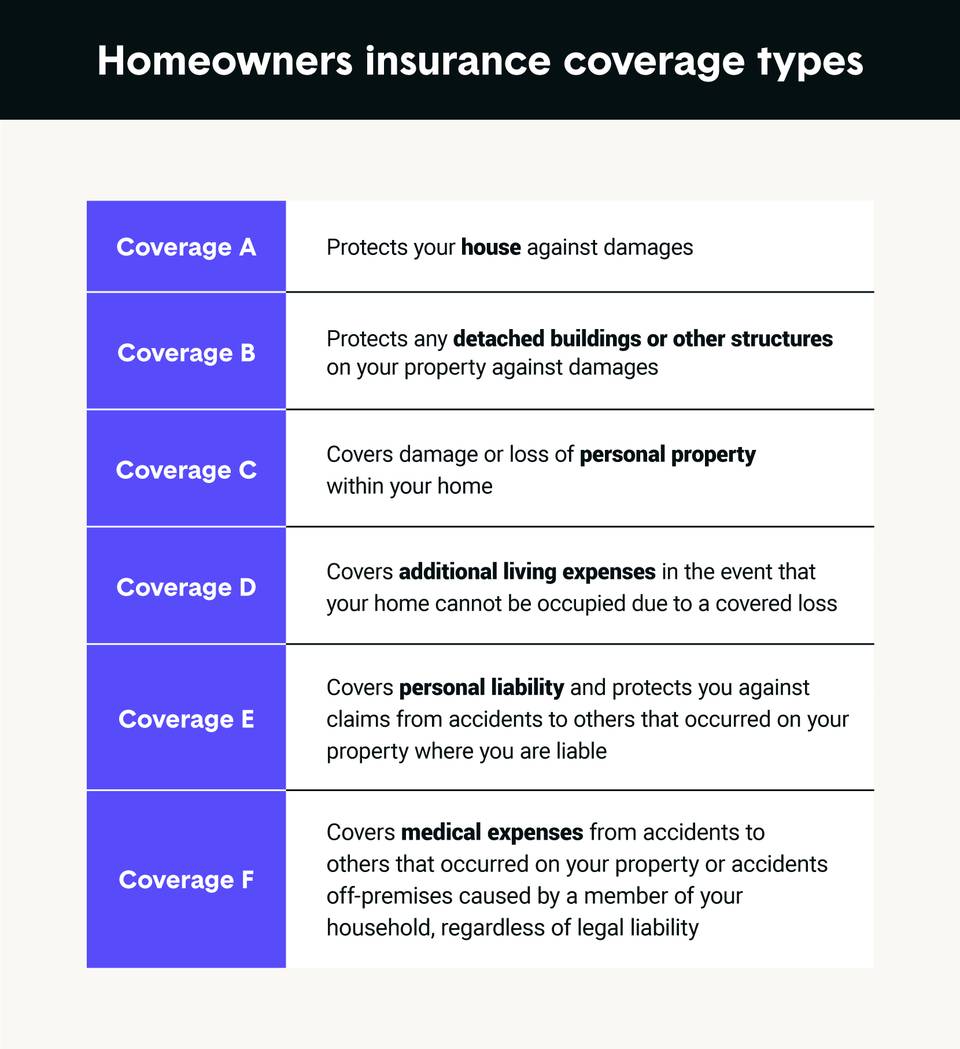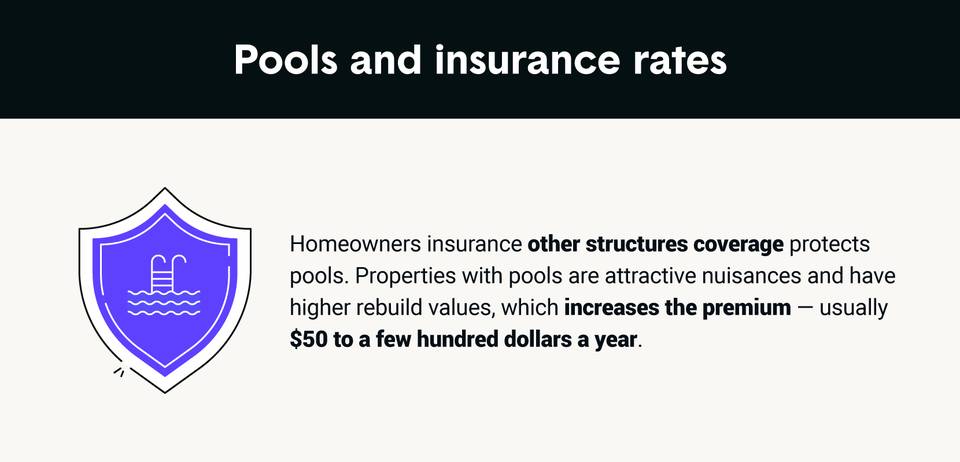Non-buildings
Fences and driveways are two examples of structures that aren’t buildings, but that are protected under other structures coverage. Even invisible, electric pet fences may be covered, but this may vary between insurance providers.
Other non-building types covered include mailboxes, patios, decks, swing sets and treehouses.
Detached garages
Whether you have a detached garage filled with vehicles and ATVs or have it set up as the ultimate party spot, you’ll be happy to know that your garage and belongings are safe under other structures coverage.
All garages, whether attached or not, are covered by a homeowners insurance policy. However, since attached garages are considered part of a house’s structure, it falls under Coverage A, whereas a detached garage falls under Coverage B.
If you run a business out of your detached garage, you should add a commercial endorsement to your policy. Without the endorsement, your building would not be protected against the standard perils under other structures coverage since it’s used for business. This is typical for any home-based business.
Gazebos and pavilions
Gazebos and pavilions are typically built in backyards or on patios for added shelter. Both could be considered outbuildings and are protected by other structures coverage. Keep in mind that this only applies to gazebos built onto a property, usually from wood or vinyl materials. The pop-up tent type of gazebo would not be protected.
Pools and pool houses
Pool insurance is commonly misunderstood, as many homeowners believe they need an additional insurance policy for an in-ground pool. This is false, and pools, along with pool houses, both fall under other structures coverage.
It is common for properties with pools to face higher premiums. This is because insurance companies label pools as attractive nuisances, which means they increase the property's appeal while also increasing the risk of danger and accidents. Since there is a higher risk of accidents, insurance companies charge more to make insuring a home with a pool worthwhile.






